FMCG trends: adapting to an older market
by: Sarah Kneebone
- The ageing population and its opportunities for FMCG brands.
- What older consumers are looking for from FMCG brands.
- Strategies for the industry to connect with this group.
The ageing population.
“Why as an industry don’t we focus on where growth is? Why are we focused on a group of people that don’t have money – millennials – and not on the generations that have money?”
(Dave McCaughan, Chief Strategy Officer at Bangkok-based Ai.Agency)

3 opportunities for manufacturers, retailers and brands.
1. High disposable income.
“With high levels of disposable income, this [older] demographic will have a clear impact on FMCG brands particularly for companies in personal care, health, food, non-alcoholic and alcoholic drinks.”
(Tom Vierhile, Innovation Insights director at GlobalData)
2. Tech savvy.
This group of consumers is also much more tech savvy than we think. Relevant, personalised messages via email marketing and social media (which inspire and educate rather than patronise) can be very effective.
For the consumers who aren't as confident with technology, brands can go far by helping to educate. In the banking space, Barclays set up an online training initiative to get older consumers up to speed with online banking. This involves a team of 'Digital Eagles' offering 'Tea and Teach' sessions.
“This older generation, those over 50, 60 and 70, they have computers, they have smartphones, and very directly they’re using them for everything, from canned tomatoes to television sets, to order those things online.”
(Wayne Best, Chief Economist at Visa)
3. Seeking a fresh approach.
Older consumers are often let down by the approach many brands take in communicating with them - they don't want to be made to feel bad about ageing! This presents the opportunity for brands to do things differently.
People are living longer; they are physically active and travelling the world for many more years than was previously possible. Brands should aim to help people do this healthfully and with more fun.
Brands like Flora ProActiv and companies like L'Oreal have created health & beauty products tailored to this segment of the market. They opt for an educational and empowering approach to their messaging - making consumers feel confident as they age. As Dove put it: 'beauty has no age limit'.
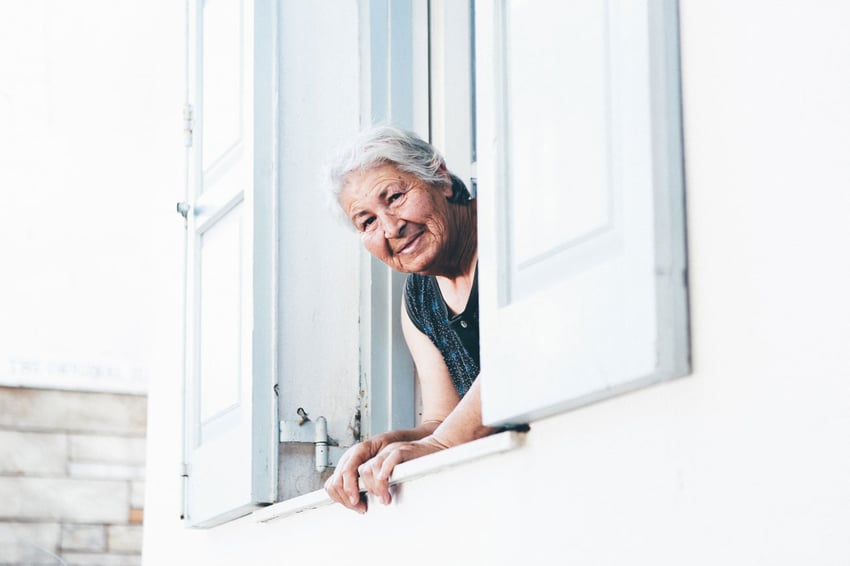
What are older consumers looking for from FMCGs?
“Because many baby boomers are caring for elderly family members they often feel younger than they are... overall they believe age is a state of mind and are determined to live life to the full. They feel positive about ageing and are focused on how to maintain quality of life as they age, with good health as a priority."
(Deborah Paget, Customer Insights Executive at Bupa)

Strategies to connect.
So, how can FMCGs tap into this growing segment of the market?
“This age group tends to seek products that are trustworthy, reliable, and risk-free. Along those lines, FMCG brands can simplify products by cutting ingredient lists, reducing the use of chemicals, and boosting the use of natural ingredients in both food and non-food products,”
(Tom Vierhile, Innovation Insights director at GlobalData)
1. Simplified products, messaging and packaging.
- Less ingredients.
- Less promotional 'hype' with more focus on quality.
- Clear, simple labels.
- Tailor to changing dietary needs.
- Health benefits.
- Less chemicals or potential toxins (this applies to beauty products, household products, etc.).
“Trends show that 59% [of older consumers] would trust a product containing natural ingredients, 36% would buy established brands and 30% will choose products offering healthier ‘good-for-you’ ingredients."
- Focus on service experience.
- Functioning equipment (such as trolleys and baskets in supermarkets).
- Appropriate product placement (preventing overreaching).
- Avoid extensive queuing.
- Options for home delivery.
Over to you.
How is your business adapting to the ageing population?
read it, love it, share it.
about the author
Sarah Kneebone
Sarah is PLAY’s go-to content writer with a passion for marrying creativity and communication with clever strategy. A former marketer with PLAY and for international brands such as QBE Insurance and General Motors, Sarah moved home to the UK to raise her little family and start a health coaching business. Luckily for us, she continues to share her talent for the written word with the team in Australia.











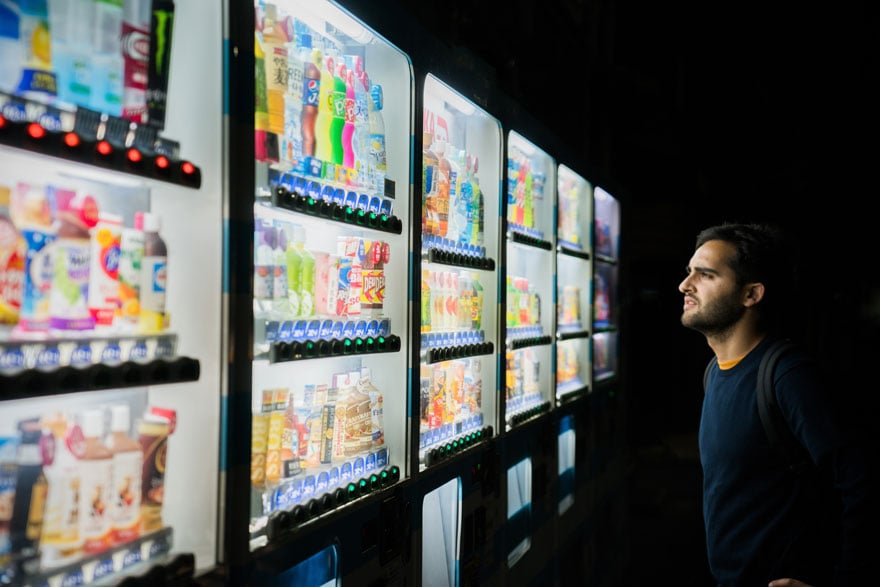
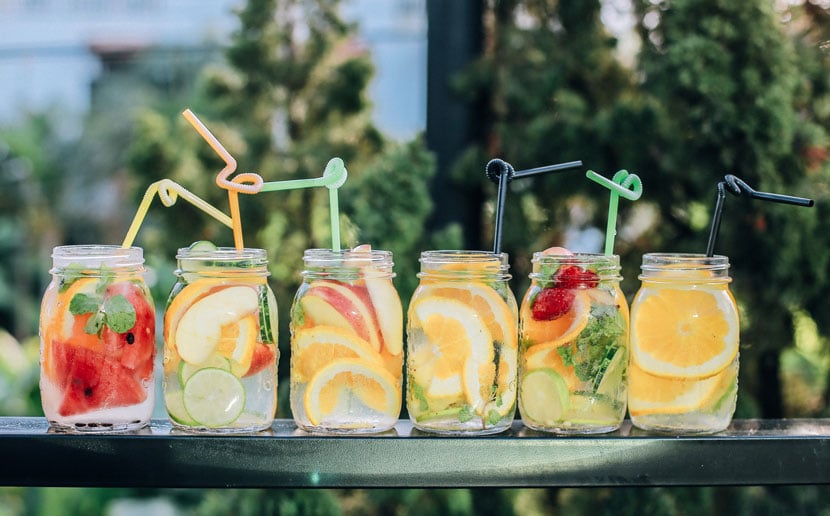

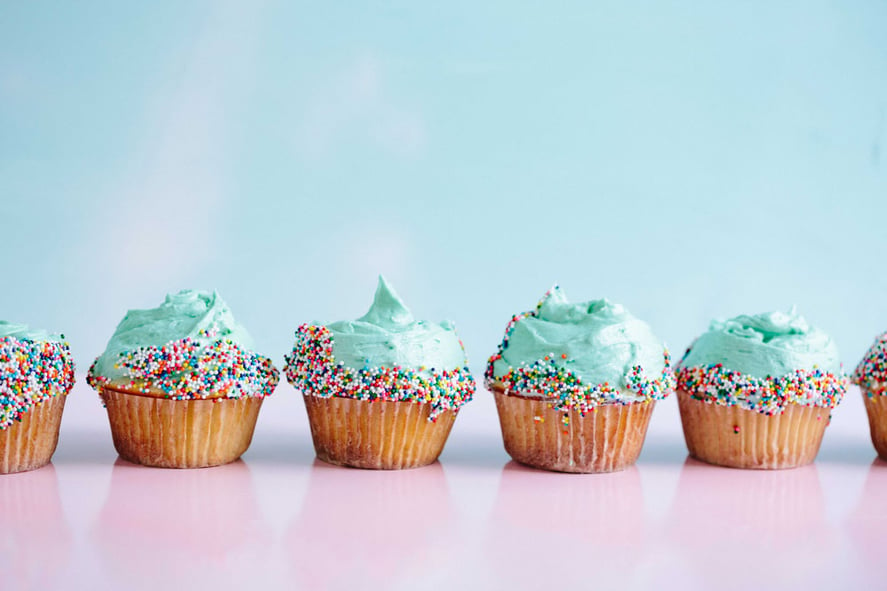
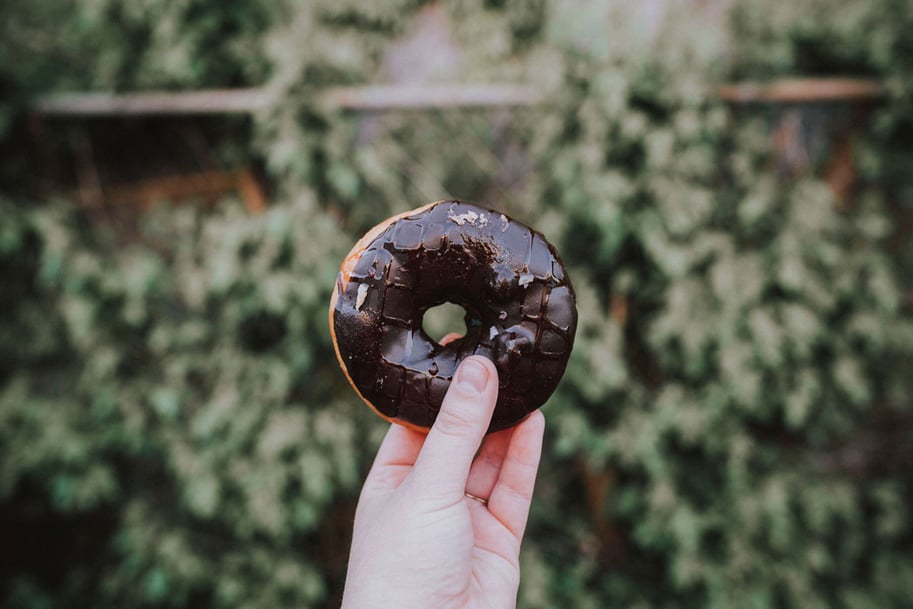


ask the author